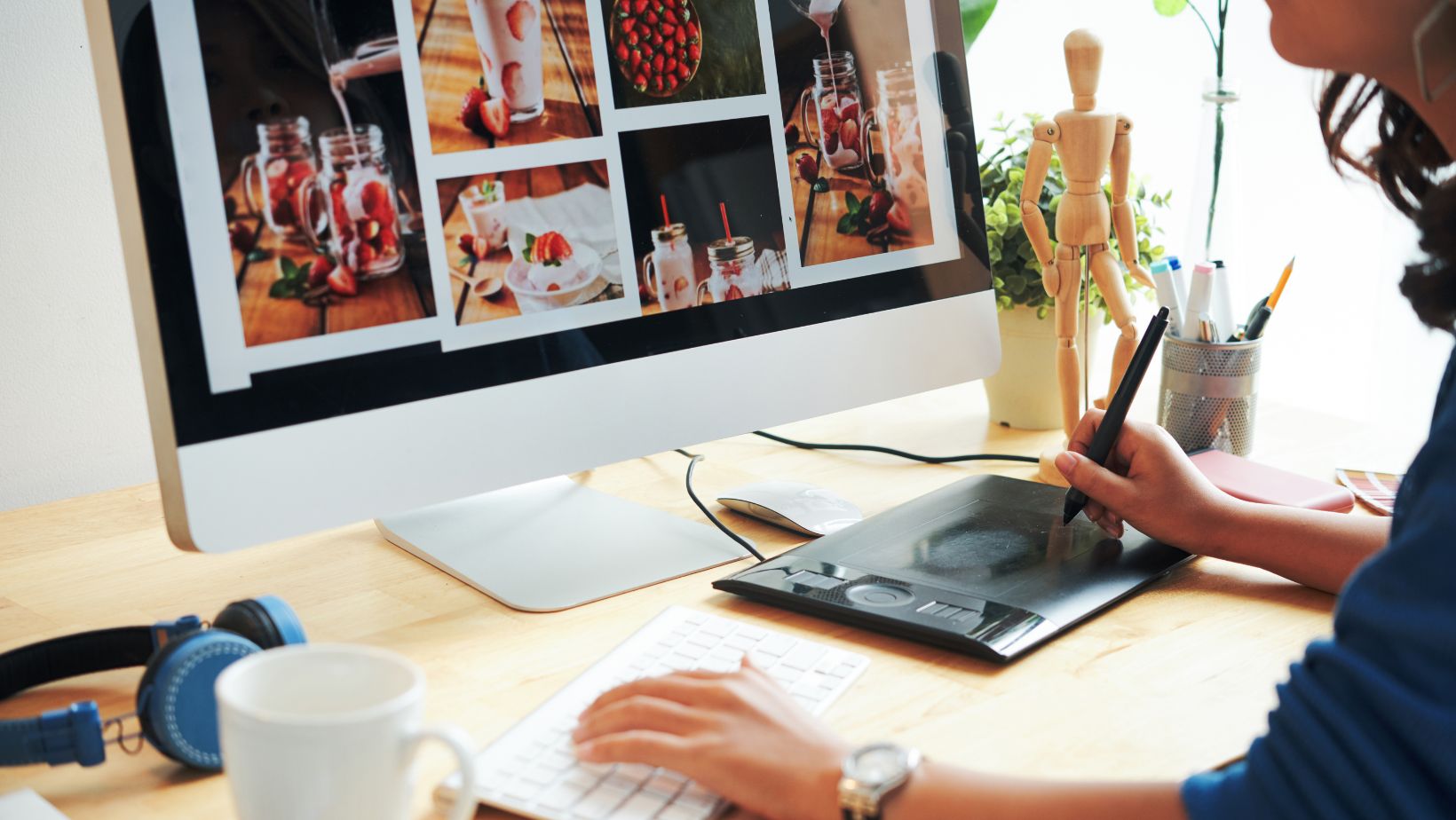As a seasoned product designer, I’ve often found myself in conversations about the distinction between a product designer and a product manager. While both roles are crucial in the development of a successful product, they bring different skill sets and perspectives to the table. In this article, I’ll delve into the key differences between a product designer and a product manager, shedding light on their unique responsibilities and how they collaborate to create exceptional user experiences.
When it comes to creating a product that resonates with users, the role of a product designer cannot be overstated. As a product designer myself, I’ve had the privilege of working closely with product managers to bring ideas to life. In this article, I’ll explore the specific responsibilities of a product designer, their impact on the user experience, and how their expertise contributes to the overall success of a product.
However, before moving to the basics, fundamentals, and key responsibilities of these job roles and practically starting your learning journey online, make sure that you have fast, reliable, and secure internet connection as you won’t be able to get very far without it. Not only both careers require daily use of data intensive design and analytics tool but the collateral you will create on daily basis will be highly sensitive.
So, if you are right now hooked to provider that is average at best and offers little to no protection than we would advice you to look for Xfinity in your area. The legacy provider not only specializes in providing fiber-powered blazing-fast speeds but thanks to its double layered in-build security features also protects your precious collateral at all times. For more information, you can contact the Xfinity customer service number to sign up for the plan of your choice today.
Now, without further delay. Let’s get going.
Product Designer vs Product Manager
What is a Product Designer?
As a product designer, my role is to create and design the user experience of a product. I focus on understanding user needs and translating them into intuitive and visually appealing designs. I work closely with cross-functional teams, including product managers, developers, and stakeholders, to ensure that the product meets both user and business goals.
A product designer is responsible for:
- Conducting user research: I delve into the minds of users to understand their behaviors, preferences, and pain points. By conducting interviews, surveys, and usability tests, I gather valuable insights that inform the design process.
- Creating wireframes and prototypes: I translate ideas into tangible designs by creating wireframes and interactive prototypes. This helps visualize the product’s layout, flow, and functionality before the development stage.
- Designing user interfaces: I focus on creating visually appealing and user-friendly interfaces. This involves selecting colors, typography, and other visual elements that align with the brand and enhance the overall user experience.
What is a Product Manager?
A product manager plays a crucial role in driving the success of a product. Their main focus is on the business side of things, ensuring that the product meets customer needs, generates revenue, and aligns with the company’s strategy. As a product manager, I work hand in hand with product designers to create innovative and user-centric products.
A product manager is responsible for:
- Defining the product vision and strategy: I work with stakeholders to define the product’s vision, goals, and roadmap. This involves conducting market research, analyzing competitors, and identifying opportunities to differentiate the product in the market.
- Prioritizing features: I collaborate with product designers to prioritize features based on user needs, business impact, and technical feasibility. By making informed decisions, I ensure that the development team focuses on building the most valuable and impactful features.
- Managing the product lifecycle: I oversee the entire product lifecycle, from ideation to launch and beyond. This includes defining requirements, coordinating with the development team, and conducting user testing to validate the product’s usability and effectiveness.

Key Responsibilities And Skillsets of a Product Designer
As a product designer, my role is essential in creating a product that resonates with users and delivers a seamless and intuitive user experience. To achieve this, I have a range of responsibilities and skillsets that contribute to the overall success of a product. In this section, I will delve into the key areas of my expertise and shed light on what it takes to be a successful product designer.
User Research and Analysis
One of the primary responsibilities of a product designer is conducting thorough user research and analysis. I immerse myself in understanding the needs, behaviors, and preferences of our target audience. By gathering qualitative and quantitative data, I gain insights into user motivations, pain points, and goals. This research forms the foundation for creating user-centric designs and informed product decisions.
Through interviews, surveys, and usability testing, I identify user needs and validate design concepts. By empathizing with users, I can ensure that the product I design addresses their pain points and provides them with a seamless and delightful experience.
Wireframing and Prototyping
Once I have a solid understanding of user needs, I translate those insights into tangible design solutions through wireframing and prototyping. Wireframes are skeletal outlines of the product’s layout and functionality, allowing me to test and iterate on different design ideas before investing time in visual design.
Prototypes, on the other hand, are interactive representations of the product that simulate user interactions and workflows. They enable me to gather feedback from stakeholders and users early in the design process and make informed design decisions. By creating low-fidelity and high-fidelity prototypes, I can refine the user experience, iterate on design elements, and ensure a smooth transition from concept to execution.

